Slackline or tightrope ?
1. Similarities between Slacklining and tightrope walking
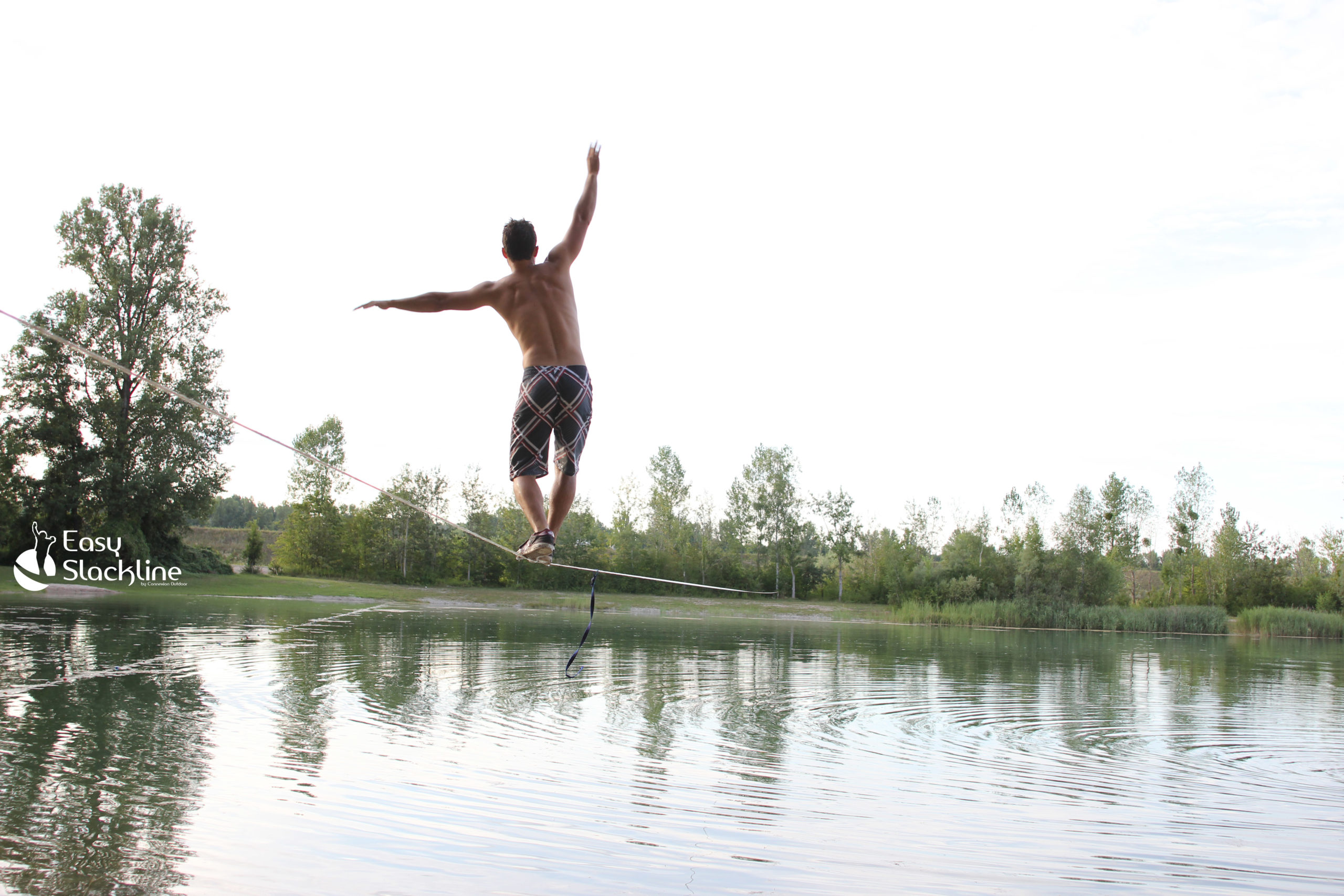
Often called « modern times funambulism », links between slacklining and tightrope walking are quite obvious. Those two practices require the walker to use his sens of balance to cross a line tensionned into the air without falling or touching the ground.
Even if those two disciplines are, at first glance, very similar, they have numerous differences.
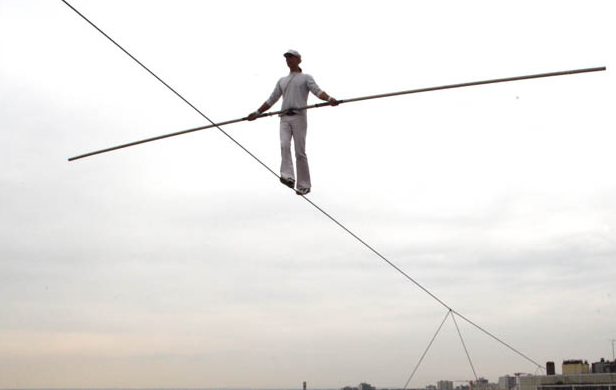
2. Differences between Slacklining and tightrope walking
Two different origins
Funambulism is way older than slacklining. Coming from rope dancers, Tightrope walking appeared around the 18th century. This discipline was, and is still, mainly practiced in circuses. It has long been the most popular form of acrobatics.
Although more recent, the origins of slacklining are rather vague. It was invented in Yosemite Park in California (USA) in the early 1980s. Climbers would have taken advantage of the days off to practice their balance and work on core muscles on climb-spec webbing.
More info on the origins of slackline on this link.
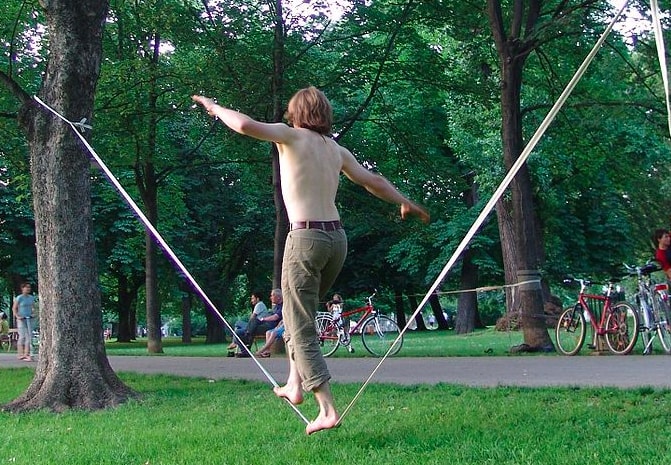
Wire VS flat weaved webbing
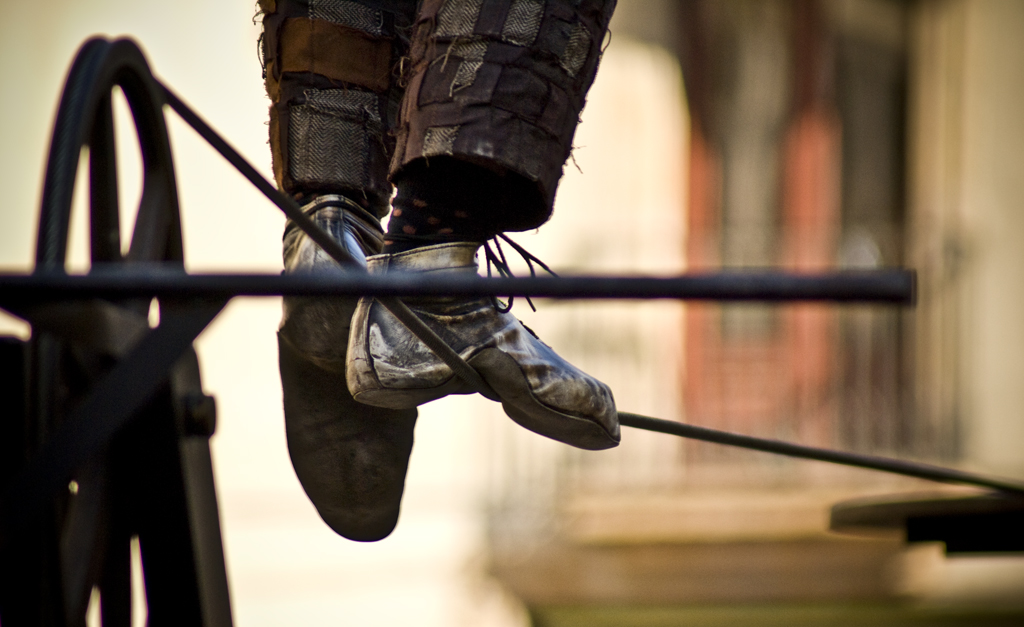
The tightrope walker walks on a static, round wire. There is almost no wiggles, oscillations in the wire.
It’s a very static element.
The slackliner walks on a flat and stretch weaved webbing. The line has lots of oscillations. She’s very bouncy and playful.
A tightrope walker play with balance with the slackliner play with imbalance.
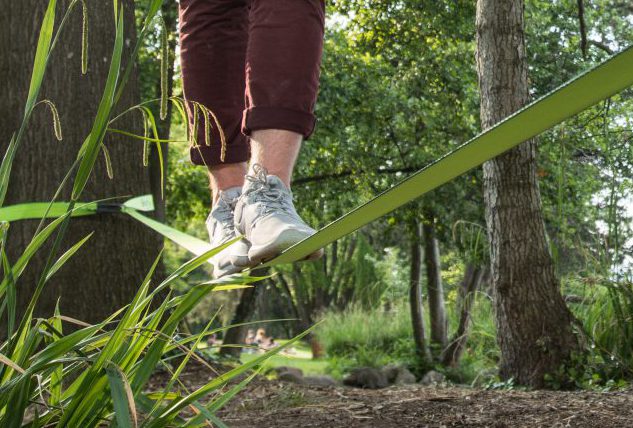
Pole VS arms
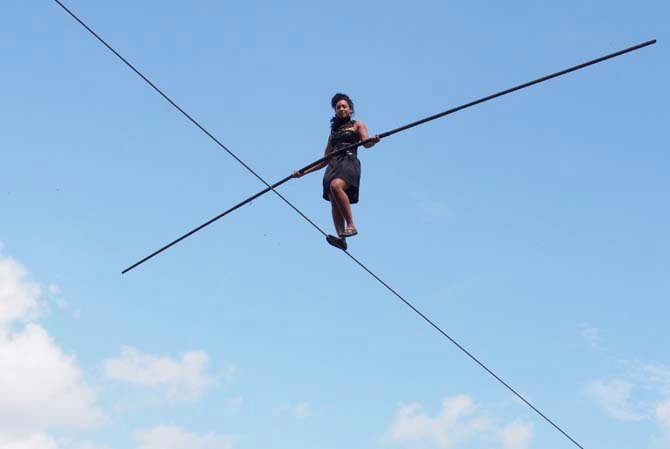
The tightrope walker uses a balance pole to find his balance. This long pole allows him to improve its stability by increasing the “moment of inertia“, and also to reduce the oscillations caused by the movements of his pelvis.
The slackliner, on the other hand, only uses his body and arms to find balance.
Various styles of practice
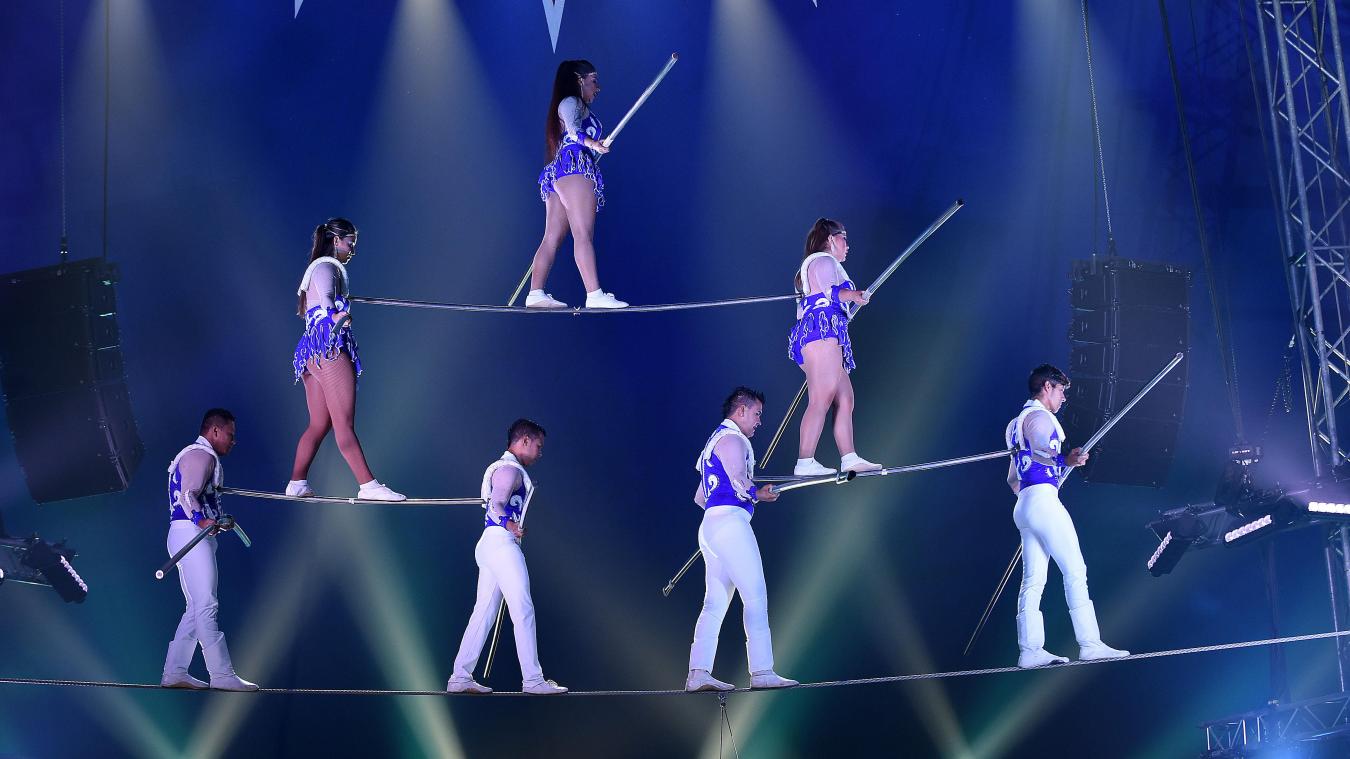
Slacklining has seen the emergence of many styles of practice. This very creative sport seems limitless and allows you to use slacklining in many ways and also in many places, all more unusual than each other. From highlining to longlining, via tricklining and waterlining, you will inevitably find a practice that will please you. For more information, go to the « disciplines » section.
Even if there are obvious links between funambulism and slacklining, these two disciplines are two separate and autonomous entities. Their respective communities are totally independent. One explanation could be that the tightrope walker is seen as an artist (doing a show), while the slackliner is more seen like a sportsman (performing)…
Tightrope walking has known many acrobatic styles of practice, mainly in the circus world.
For example, we see tightrope walking passed from a solitary to a collective practice, like with the Triska, Omankovsky and Wallendas families, who have become companies. They are showing their astonishing skills by inventing crazy « scaffolding » a few tens of meters above the ground.
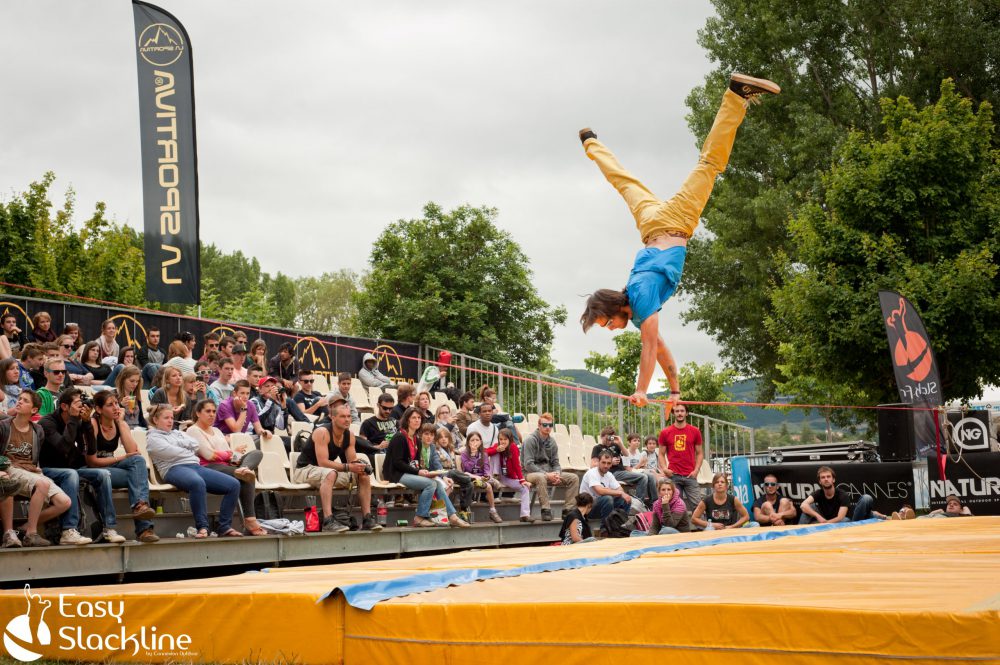
Sources :
cirque-cnac.bnf.fr
